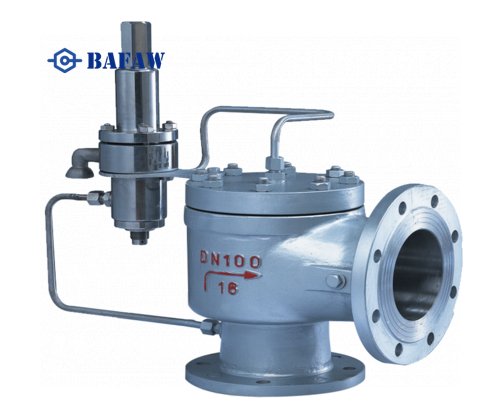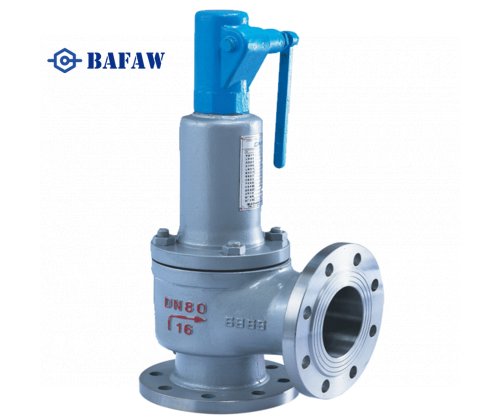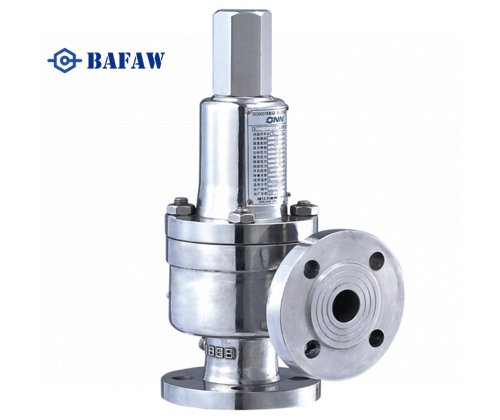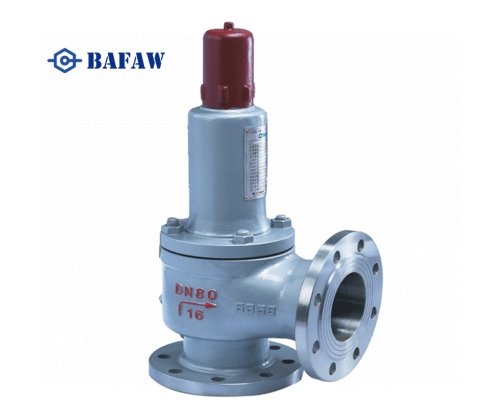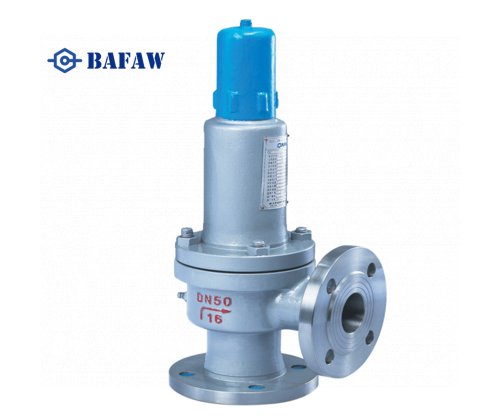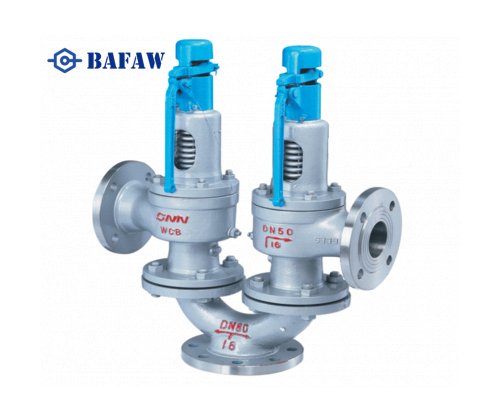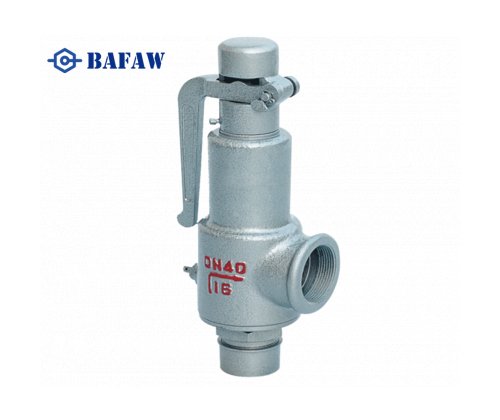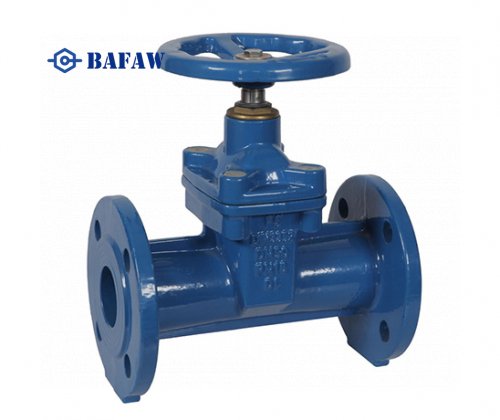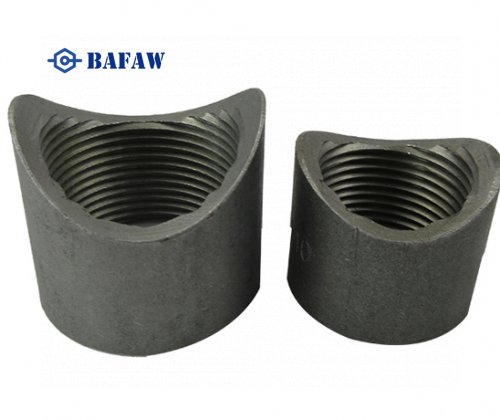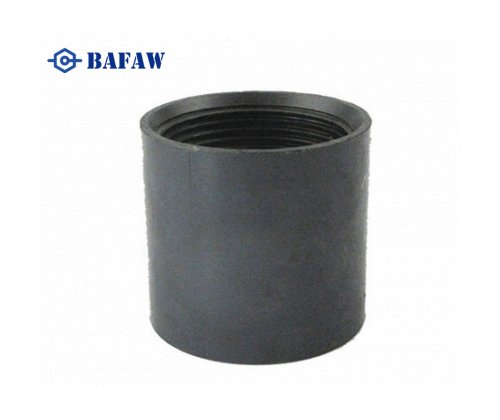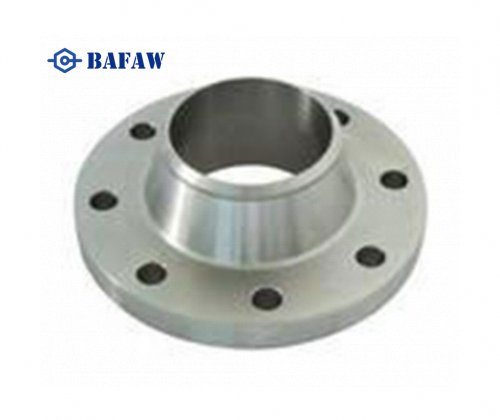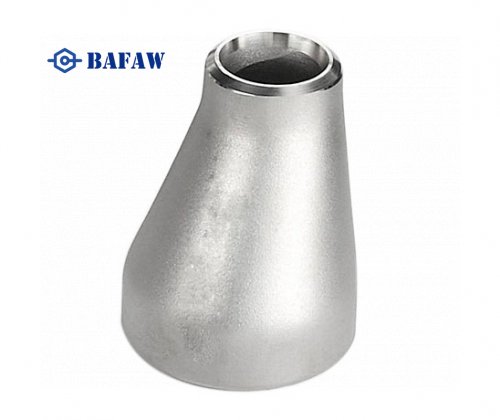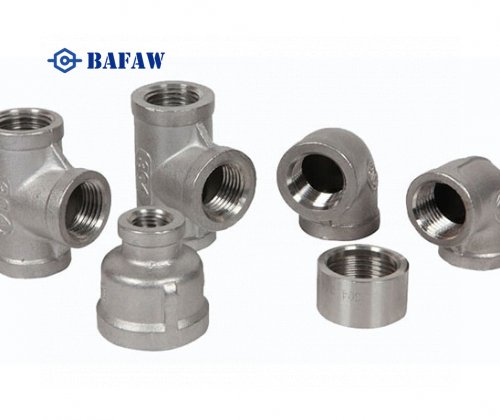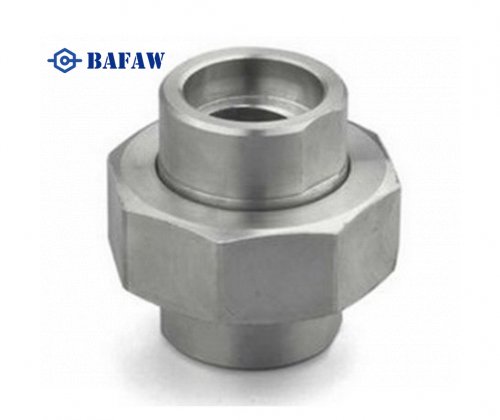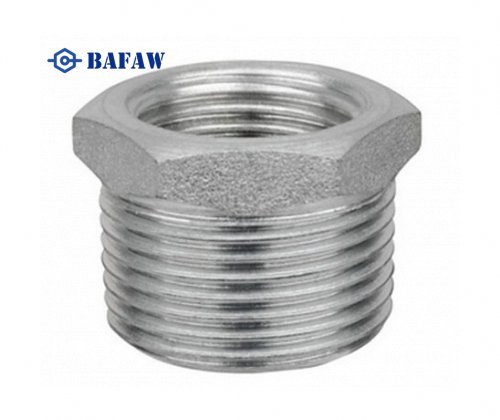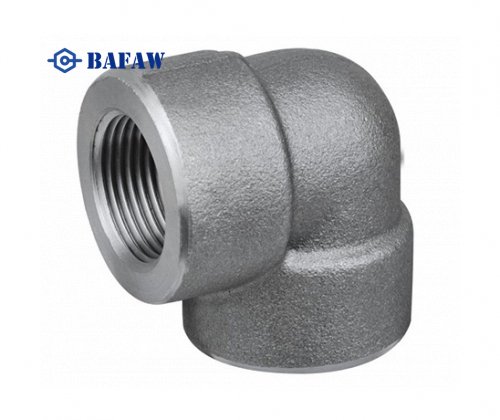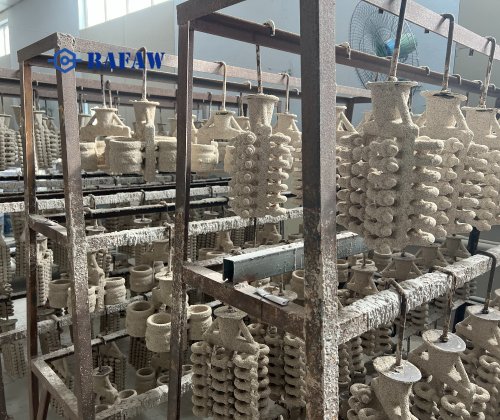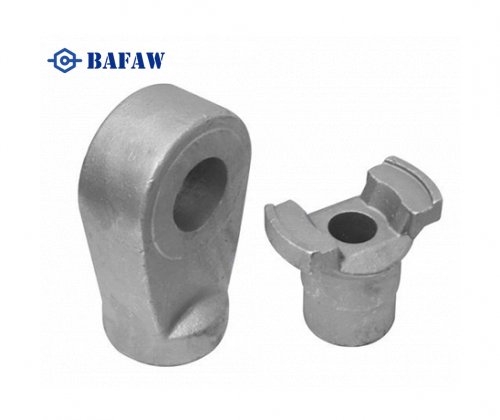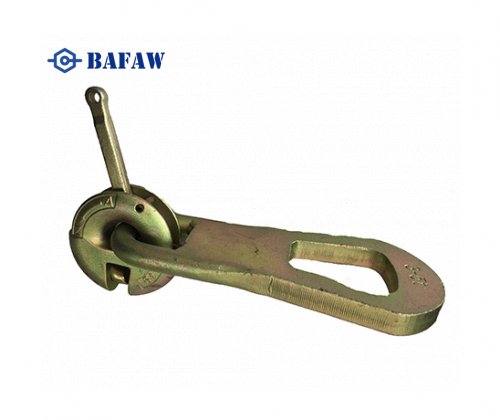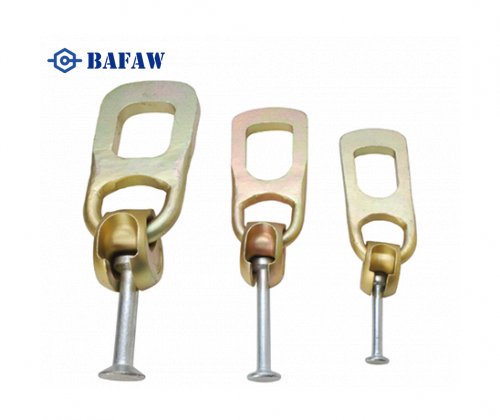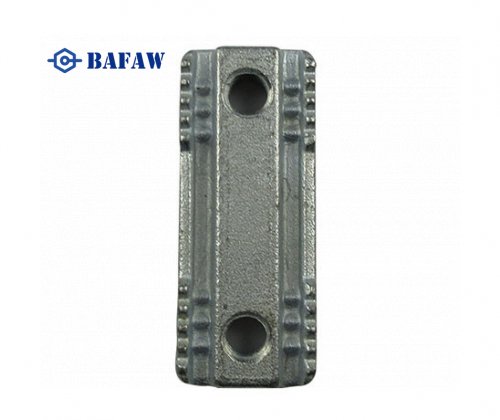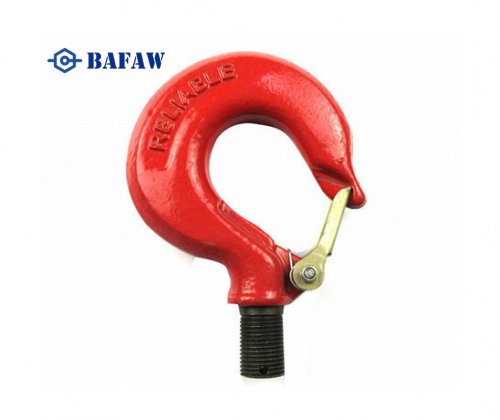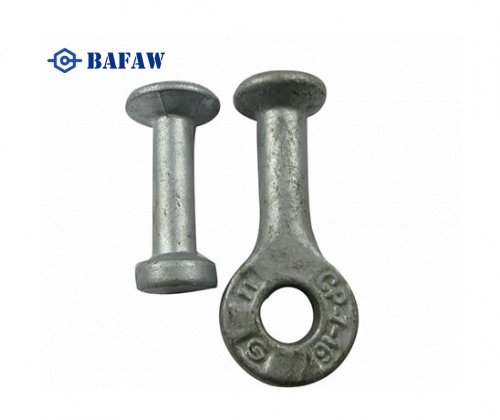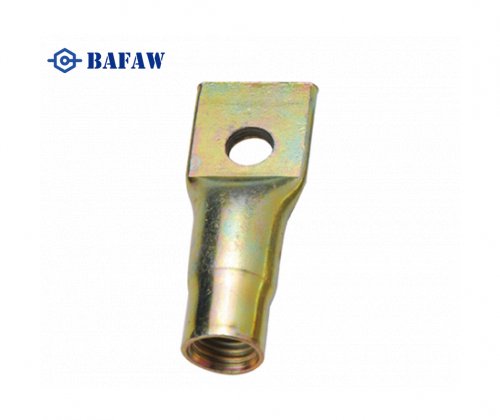A ball valve is a type of quarter-turn valve that uses a hollow, perforated, and pivoting ball (often known as a floating or trunnion ball) to control the flow of a fluid through it. The valve opens when the ball orifice is in line with the direction of flow and closes when rotated 90 degrees with the valve handle. The position of the handle facilitates visual confirmation of the position of the valve. When the valve is open, the lever handle should be in line with the pipe or flow direction, and when the valve is closed, the lever handle is perpendicular to the pipe. This clear alignment allows one to determine at a glance whether the valve is open or closed.

Key features of ball valves include:
Versatility
Ball valves are versatile and can be used for a wide range of applications, including both on/off and throttling control of fluid flow.
Quick Operation
Ball Valve is a quarter-turn globe or isolation valve that controls the flow of liquids or gases using a spherical ball with a hole in the center and held in the body by two identical seat seals. they operate with a quarter-turn (90 degrees) of the valve handle, making them quick and easy to open or close.
Durability
Ball valves are generally durable and reliable, requiring minimal maintenance. The ball and the valve seats are often made of materials that resist corrosion and wear.
Sealing Mechanism
The sealing is achieved by the compression of a resilient material, such as PTFE (Teflon), against the ball. This design provides a tight seal when closed and reduces the likelihood of leakage.
Bidirectional Flow
Ball valves are often designed to allow bidirectional flow, meaning they can handle flow in both directions.
Easy To Maintain
The design facilitates straightforward maintenance and reduces downtime.
Versatility
Suitable for controlling the flow of liquids and gases in various industries.
Various Configurations
Ball valves are available in a variety of configurations, including two-way, three-way, and multi-port designs that allow for different flow patterns. Typically, ball valves have two ports. However, with the advent of new services, ball valves can have up to four ports. These ball valves are often referred to as two-way, three-way, or four-way ball valves. Three-way valves can have either an L-configuration or a T-configuration. By understanding these variations, you can select the right valve for your specific application, ensuring optimal flow control and system efficiency.
Different Materials
They can be made from a variety of materials, including metals (such as stainless steel or brass) for industrial applications and plastics for corrosive or chemical environments. Ball valves are available in a wide range of materials and sealing options, making them more resistant to contaminated media than most other types of valves.
Ball valves are commonly used in a wide range of industries, including oil and gas, water and wastewater, chemical, pharmaceutical, and general manufacturing. Their simple design, ease of operation, and reliability make them popular for controlling the flow of fluids in many applications.
Disadvantages of Ball Valves:
Limited Throttling Capacity
Ball valves are designed to be fully open or fully closed. Using them for throttling purposes can lead to increased wear and reduced efficiency.
Not Suitable for Solids or Slurry Applications
These valves do not perform well in environments where solid particles or slurries need to be handled. Solids can damage valve components, leading to leakage or operational failure.
Water Hammer Risk
When a ball valve is opened or closed quickly, it can cause a sudden surge in pressure known as water hammer. This can damage the system and requires careful handling to avoid.
Need for Air Vents
In applications involving expanding gases, ball valves require air vents to relieve pressure. Without these, pressure build-up can compromise the integrity of the valve and lead to unsafe conditions.
A ball valve operates by using a hollow, perforated ball (usually made of metal or another durable material) to control the flow of fluid through the valve. Here is a step-by-step explanation of how a ball valve works.
What is "Dead Space"?
In the context of ball valves, "dead space" refers to areas within the valve where fluid or medium can become trapped when the valve is in a partially open or closed position. These trapped areas do not allow for complete drainage or flushing of the medium, which can lead to contamination or buildup over time.
Why is "Dead Space" Significant?
For industries such as pharmaceuticals and biotechnology, the presence of dead space is especially concerning. These sectors demand high hygiene and sterility standards because any residual medium in a dead space can harbor bacteria or contamination. This might compromise the integrity of the entire process or product batch. Ensuring minimal or no dead space in valve designs is crucial to maintaining a sterile environment, thus preventing contamination and ensuring the highest quality standards in product manufacturing.
What are the Different Components of a Ball Valve?
Ball valves have proven indispensable due to their robust design and reliable performance. Each component of a ball valve plays a key role in its function.
Valve Body
The body of a ball valve is its primary structural component, providing the necessary framework to withstand the pressure of the medium. For projects involving high-pressure steam, a forged steel body is often chosen because of its superior strength and ability to withstand extreme conditions without deformation. The choice of cast or forged material usually depends on the specific requirements of the application, with forged bodies usually providing better durability.
Valve Stem
The valve stem is the key component whose main function is to connect the ball to the actuator, enabling the valve to open and close. In use, the valve stem needs to take into account corrosion, such as in chemical plant projects where stem corrosion is a problem due to corrosive media. Replacing the stem with a corrosion-resistant alloy significantly improves the reliability and durability of the valve and reduces maintenance frequency.
Packing
Packing consists of a gasket that seals the stem and bonnet to prevent leakage. Proper installation is critical; improper packing can easily lead to leakage. Regular inspection and adjustment of the packing is necessary to prevent operational problems.
Bonnet
The bonnet acts as a secondary pressure barrier and holds the internal components together. It is important to note that the bonnet should be made of the same high-strength material as the valve body to ensure uniform pressure resistance.
Balls
The ball is the core component that controls the flow of media. Its design can be either floating or fixed, depending on the application. In high-pressure applications, a fixed ball provides additional support and reduces wear on the valve seat.
Valve Seats
The valve seat or seal ensures a tight seal when the valve is closed. The choice of seat material is critical; in corrosive environments, PTFE seats are often used because of their excellent chemical resistance. However, in high temperature applications, metal seats may be required to withstand extreme conditions. The seat design must be matched to the specific media and temperature requirements to ensure an effective seal.
Actuators
Actuators provide the force required to operate a valve. In automation systems, we often use pneumatic or hydraulic actuators because of their reliability and ease of integration with the control system.
BAFAW once had a customer who was responsible for a remote oil field, and we customised pneumatic actuators for remote control for his project, allowing efficient operation without manual intervention.

How do ball valves work?
The main components of a ball valve include the hollow ball, a valve body with inlet and outlet ports, a stem, and an actuator (typically a handle).
Valve Closed
In the closed position, the ball is positioned at a right angle (90 degrees) to the flow, blocking the passage for the fluid. The valve handle is aligned perpendicular to the pipe, indicating that the valve is closed.
Valve Open
To open the valve, the handle is turned a quarter-turn (90 degrees) to rotate the ball parallel to the flow direction.
In the open position, the fluid can flow through the bore of the ball, allowing uninterrupted passage.
Flow Control
The degree to which the valve is open can be controlled precisely by adjusting the position of the handle.
Partial rotation of the handle results in partial opening of the valve, controlling the flow rate.
Sealing Mechanism
When the valve is in the closed position,the sealing mechanism comes into play. Typically, a resilient material, such as PTFE (Teflon), is used for the valve seat. When the ball is rotated to the closed position, the material is pressed against the ball, creating a tight seal and preventing fluid leakage.
Ball valves use a hollow ball that allows fluid to pass through in the open position and isolates the fluid in the closed position. The ball is driven by a spindle, mounted in a slot milled into the hollow ball and operated by a lever to open and close the valve. The ball valve spindle is encapsulated in the body neck and sealed against leakage by a series of neck seals. In addition, the ball is sandwiched between the two valve bodies/seats to ensure a tight seal.
This integrated design ensures that when the ball is in the closed position, the PTFE material and the body/seat work together to maintain an effective barrier to prevent any fluid from passing through. The combination of mechanical components and sealing materials ensures the reliability and efficiency of ball valves in a variety of applications.
Service life and use
Ball valves typically have a long, maintenance-free service life, averaging around 50,000 cycles. The robust design of ball valves and the wide range of materials available ensure reliable long-term performance in a variety of environments.

















